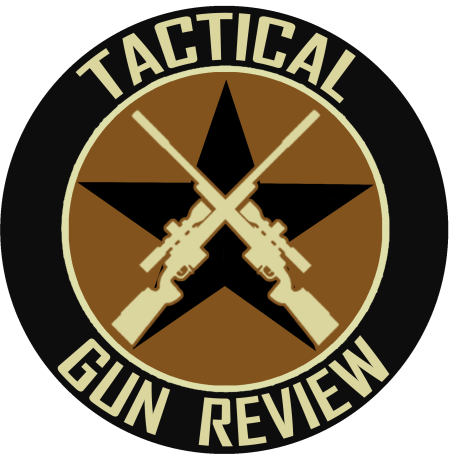by Jordan McDowell

It’s easy to get excited about handling a gun for the first time, but that excitement opens doors to many possible mistakes. If you commit one of those mistakes, there’s a huge risk to yourself as well as people and property in your surroundings. Maintaining your firearm properly and following gun safety rules is a must. These are the seven mistakes new shooters often make and how to address them.
1. Poor Grip
When new shooters attempt to grip a pistol for the first time, getting the hand placement correct can be a challenge. You want to stay out of the way of the slide, so it doesn’t bite you when you fire, but you also want to provide the proper support.
With your firing hand, keep your trigger finger stretched out straight along the side of the firearm and use your other three fingers to hold the grip tight against your palm. Keep your hand as high as you can behind the backstrap. With your supporting hand, rotate it so your thumb is parallel to the slide. Then wrap your fingers around the grip. This will give you the proper support while staying clear of the slide.
2. Slapping the Trigger
There are several definitions of slapping the trigger, but for beginners, it usually means that you’re pulling the trigger too quickly. Your finger can come off the trigger between shots, and the impact of the trigger meeting your finger again can throw off your aim. Anything that throws off your aim should be treated as dangerous and something you should do your best to avoid.
Remember when you fire your weapon that you are squeezing the trigger. Keep squeezing until the gun fires. Slow down and concentrate on your aim and familiarizing yourself with your firearm, rather than trying to burn through your ammo as fast as possible. The trigger doesn’t require a huge amount of force, and it is important to stay precise with proper trigger control.
3. Holding Too Tight
New shooters often think they need to hold their firearm as tight as they can. While you want to have a firm grip, you do not want to hold it so tightly that your grip starts to fatigue and your hands start shaking. Grip strength closer to a firm handshake should be enough.
4. Unfocused Eyes

It’s common for new shooters to not pay as much attention to their sights as they should. The sights are designed to help you know exactly where you are going to hit the target, and you should never fire your weapon unless you know where you’re going to hit. It is important to pay close attention to sight alignment with your target. Advanced shooters can move away from this as they get better with their aim and may feel comfortable using a “point-and-shoot” method at closer distances, but that can only happen with time and practice.
5. Incorrect Firing Stance
Normally, standing up straight is a good thing. But it’s a bad position to be in when your firearm recoils. You want stability and if you are standing up straight, that leaves you with a chance of knocking yourself back or to the ground.
For beginners, the Power Isosceles Stance is a great place to start. Start with your feet slightly apart, and then put the foot opposite your firing hand in front of the other foot. Your front foot points toward the target, while the other points slightly outward. Lean slightly forward, lock your elbows, and you’ll feel much more stable.
6. Putting the Finger Prematurely on the Trigger

Most people have a good sense of what a trigger is and not to pull it unless absolutely necessary, but the truth is this is where the number one rule of gun safety comes in. Never have your finger anywhere near the trigger until you’re ready to fire. If the gun is in your hand, keep your trigger finger straight along the side of the gun. This will go a long way in preventing an accident.
7. Improper Equipment & Maintenance

One other mistake new gun owners and shooters often make is not having or caring for their equipment well. In addition to handling your gun properly while shooting, it’s also important to handle it well when you’re not at a range. A holster is ideal for storing your gun securely and gun cases keep your firearm protected and limit the possibility of accidents. Lastly, cleaning your gun will ensure your firearm stays in top shape and reduce the chance of additional issues that come with improper care and lack of maintenance (such as rusting, residual fouling buildup, failure to fire or eject). If you make sure to avoid these mistakes and have the right equipment with you, you’ll be much better prepared for handling your firearm.
Latest posts by Tactical Gun Review (see all)
- Five Glock Problems and How to Fix Them - January 14, 2024
- Tailoring Safety to Diverse Home and Vehicle Settings - December 12, 2023
- How to be Comfortable While Wearing Body Armor - December 11, 2023




Recent Comments